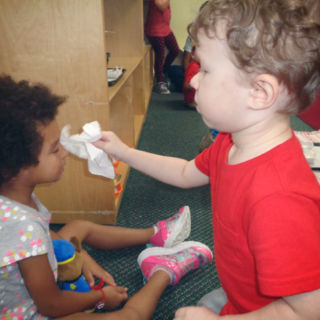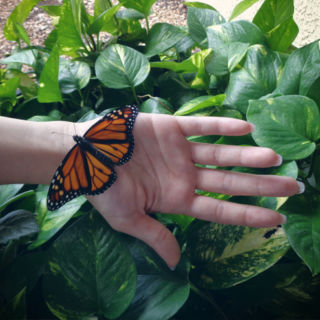
Maria Montessori studied children in their environment. She observed that children with physical disabilities limiting one or more of their senses were able to sharpen their remaining senses in order to take in information. She took that knowledge and designed the Montessori classroom and its rich sensory experiences. She purposely intended for each Montessori material to isolate a single sense enabling the child to fully engage that particular sense.
For example, a set of smelling bottles are purposely indistinguishable allowing the child to focus on his olfactory sense to differentiate them. The red rods are uniformly colored red allowing the child to focus only on the length of each of the ten rods. Even the auditory sense is isolated through the use of the sound cylinders indistinguishable except through shaking in order to identify the tone. Each of the classroom lessons are designed to hone the child’s sensory perception.
These purposeful classroom exercises enhance the child’s acuity for future exploration. Now with the child’s senses refined, he is able to more fully enjoy the richness of the world around him. Consider now his encounter with a beautiful rose and a cheerful songbird: he is able to discern the fragrance, the color variation and the repeated rhythm. “The senses, being explorers of our world, open the way to knowledge.” ~ Maria Montessori The Absorbent Mind



